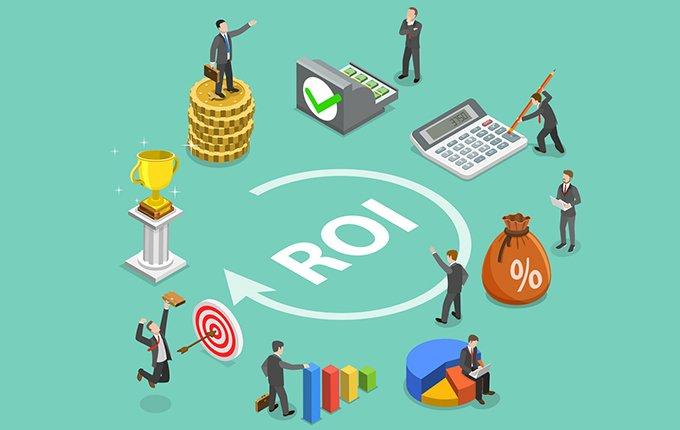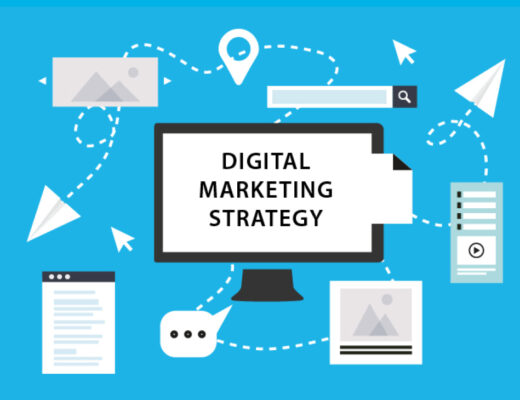You have probably heard that measuring return on investment (ROI) is crucial for digital marketing success.
But what does ROI really mean in the context of online marketing campaigns and how can you accurately track it?
If you are a business owner or doing online business, then calculating ROI is quite important. You will miss the success of your business or revenue without measuring ROI.
So, in this quick guide, we will clarify exactly what digital marketing ROI entails, walk you through calculating it step-by-step, and provide tips for improving it over time.
Digital Marketing ROI – Quick Overview of What it is
At its core, return on investment indicates how much business value you derive from your marketing efforts and ad spend. An accurate ROI calculation looks at the hard revenue and profit generated from your campaigns compared to costs for digital marketing.
Some of the Key metrics for calculating ROI are included in the following list,
- Revenue directly attributable to marketing campaigns.
- Profit amount from sales revenue after subtracting campaign costs.
- Increase in revenue and profit percentage over time.
Note For you – The higher your ROI percentage, the better return you are earning on every dollar invested into digital marketing services. Demonstrating strong ROI helps justify and optimize your ad budgets over the long term.
Step 1: You should TRACK Revenue from Marketing Sources
You need to accurately track what revenue and sales come directly from your digital marketing efforts before crunching any ROI numbers.
This requires campaign and channel-specific tracking through tools like
- UTM parameters,
- Marketing automation software,
- Unique phone trackers, or
- Campaign-specific landing pages and forms.
Be sure to tag and track all display ads, paid searches, social media promotions, email nurturing campaigns, content offers, affiliate partnerships, or other digital activities driving site traffic, downloads, inquiries, or sales. If you do not track effectively, your ROI calculation will be unreliable.
Step 2: Understand Your True CAMPAIGN COSTS
You also need a clear picture of your true campaign costs, which go beyond just ad platform fees. Be sure to factor in expenses like the following
- Agency fees or internal staff costs for campaign management
- Website hosting fees tied to handling traffic
- Technology costs for marketing automation, analytics, or other relevant software subscriptions
- Creative development and maintenance expenses
- Campaign operating costs for landing page testing, email sending fees, etc.
Step 3: Plug Revenue and Costs into ROI Formulas
You can effectively calculate ROI with accurate revenue and cost numbers in hand. The basic formula to calculate the ROI looks like this,
ROI = (Revenue Attributed to Marketing – Total Campaign Costs) / Total Campaign Costs
Crunching the numbers in this formula will give you a campaign-specific ROI percentage. For broader marketing channel ROI like search, social media, or content marketing overall, add up all attributable revenue and costs from individual efforts within each channel before applying the formula.
Step 4: Compare ROI Across Efforts & Set Goals
You can clearly see what digital activities deliver the strongest return versus ones that may need adjustment or pausing with ROI percentages calculated for each marketing campaign and channel.
Comparing ROI numbers also allows you to set prioritized improvement goals, like increasing social media ROI from 25% to 35% in the next quarter.
Tips for Improving Your Digital Marketing ROI
Here are a few key ways to push your marketing ROI higher over time for a bigger business impact. Follow the below tips to increase your ROI higher than ever.
- Test new marketing channels
Continuously test innovative digital channels to find new profitable growth opportunities. Don’t get stuck only measuring existing efforts.
- Refine targeting
Use behavioral, demographic, and psychographic data to constantly refine your audience targeting for higher conversion rates.
- Personalize experiences
Leverage data and testing to tailor interactions across channels and deliver the right message at the right time to each prospect.
- Optimize campaigns
Run regular A/B testing on emails, ads, landing pages and more to incrementally improve conversion performance.
- Monitor competitively
Keep an eye on your competitors’ digital marketing tactics and campaigns for inspiration on new ways to engage your audience.
Read More- Tangential Content: What It Is and Whether You Should Use It to Boost Your Blog



